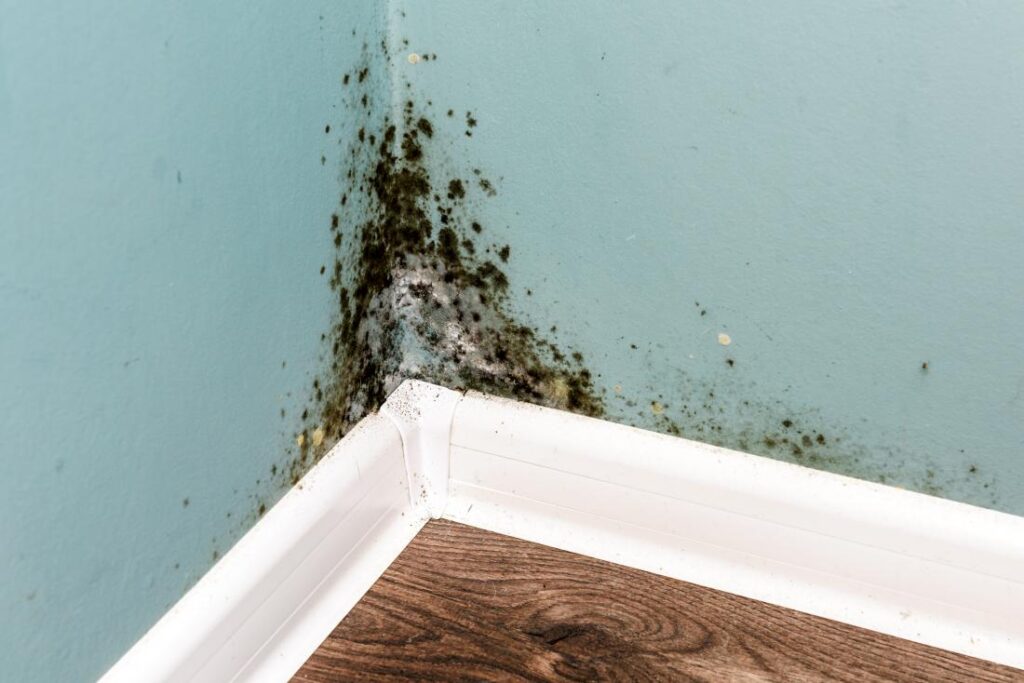Are you dealing with a mold problem in your home? Mold is a serious health hazard, and it’s important to take the necessary steps to get rid of it. In this article, we’ll discuss what mold remediation is, how it works, and the best methods for successful mold removal. With this information, you’ll be better informed and able to take the right steps to protect your family and your home from mold-related health concerns.
What is Mold?
Mold is a type of fungi that can grow both indoors and outdoors. Mold thrives in moist, dark environments and can be found in a variety of places, including on food, in the air, on surfaces, and in soil. Although mold is necessary for the decomposition of organic matter, some types of mold can cause serious health problems in humans.
Exposure to mold can cause a variety of symptoms, including coughing, sneezing, watery eyes, runny nose, difficulty breathing, skin irritation, and more. In people with asthma or other respiratory conditions, exposure to mold can trigger an asthma attack or other serious respiratory problems. People with allergies may also have a reaction to mold exposure. Some people may be more sensitive to mold than others.
If you suspect that you have a mold problem in your home or office, it’s important to take action right away. Mold removal can be a difficult and dangerous process, so it’s best to leave it to the professionals. A qualified mold remediation company will be able to identify the source of the mold growth and safely remove it from your property.

How to Identify Mold in Your Home
The first step to identifying mold in your home is to look for any visible signs of mold growth. This can include discoloration on walls or ceilings, musty odors, and visible mold spores. If you suspect that there may be mold present, it’s important to have a professional inspection carried out as soon as possible.
Mold testing can be performed using a variety of methods, including air sampling, surface sampling, and bulk sampling. Air sampling is the most common type of testing and involves taking a sample of the air in the suspect area and sending it to a lab for analysis. Surface sampling involves taking a swab or tape lift of the affected area and sending it to a lab for analysis. Bulk sampling involves taking a sample of the actual mold growth itself and sending it to a lab for analysis.
Once the type of mold present has been identified, it’s important to take steps to remove it as soon as possible. Mold removal can be done yourself using commercial cleaning products, but if the infestation is severe, it’s best to hire a professional remediation company.
Steps for Removing Mold
If you find mold in your home, it’s important to take care of the problem right away. Mold can cause serious health problems, and it can damage your property. The good news is that mold remediation is usually a relatively simple process. Here are the steps you need to take to remove mold from your home:
- Find the source of the problem. Mold typically grows in damp, dark areas. If you can identify where the moisture is coming from, you can often solve the problem at its source and prevent future mold growth.
- Ventilate the affected area. Open windows and doors to allow fresh air to circulate. This will help dry out the area and make it less hospitable for mold growth.
- Clean up any visible mold growth. Use a mixture of water and bleach to kill mold spores. You can also use commercial mold cleaners, but be sure to follow the directions carefully.
- Remove anything that has been damaged by mold. Sometimes Mold remediation professionals will need to remove drywall or insulation that has been contaminated by mold spores.
Professional Remediation Services
If you suspect that you have a mold problem in your home or business, it is important to seek professional remediation services as soon as possible. Mold can cause serious health problems, so it is not something that should be taken lightly.
There are many companies that offer mold remediation services, so it is important to do your research to find one that is reputable and has experience dealing with mold. Be sure to ask for references and check online reviews before making your decision.
Once you have found a company that you feel comfortable with, they will send a team of professionals to assess the situation. They will take samples of the mold and test them in a lab to determine what type of mold it is and how widespread the problem is.
After the assessment, the remediation company will develop a plan to remove the mold from your home or business. This may involve removing affected materials, using specialized equipment to kill the mold, and taking steps to prevent future growth.
Mold remediation can be a costly process, but it is worth it to protect your health and property from further damage. If you suspect that you have a mold problem, don’t hesitate to call a professional for help.
Health Risks Associated with Mold
Mold is a type of fungi that can grow both indoors and outdoors. Mold spores are found in the air and on surfaces, and they can reproduce quickly when they find the right conditions. When mold spores land on a damp surface, they will start to grow and spread.
Mold growth can cause serious health problems for people with allergies or asthma. People with these conditions may have symptoms such as sneezing, coughing, and difficulty breathing when they are exposed to mold. In some cases, mold exposure can also trigger an asthma attack.
Mold can also cause other health problems, such as skin rash, headaches, and dizziness. People with weak immune systems may be at risk for more serious health problems, such as pneumonia or lung infection. If you think you have been exposed to mold, it is important to see a doctor so that you can get the proper treatment.
Preventing Future Mold Growth
Once you’ve identified and remediated any mold growth in your home or business, it’s important to take steps to prevent future growth. Mold thrives in moist, humid environments, so it’s important to keep your property as dry as possible. If you live in an area with high humidity, use a dehumidifier to help control the moisture in the air.
In addition to reducing moisture levels, you should also take steps to improve airflow in your home or business. Poor ventilation can contribute to mold growth, so make sure rooms are well-ventilated and that there are no air leaks around doors and windows.
Finally, it’s important to clean and disinfect surfaces regularly to prevent mold from taking hold. Pay special attention to areas where mold is likely to grow, such as bathrooms, kitchens, and laundry rooms. Use a mildewcide cleaner on these surfaces and be sure to dry them completely afterward.
Conclusion
In conclusion, learning about mold remediation and being aware of what you need to do when it comes to removing mold can be a daunting task. However, with the right knowledge, tools and supplies on hand, it doesn’t have to be a difficult process. Be sure to use the tips outlined in this guide as you embark on your own mold removal journey so that you can restore your home or office back to its original condition.















































